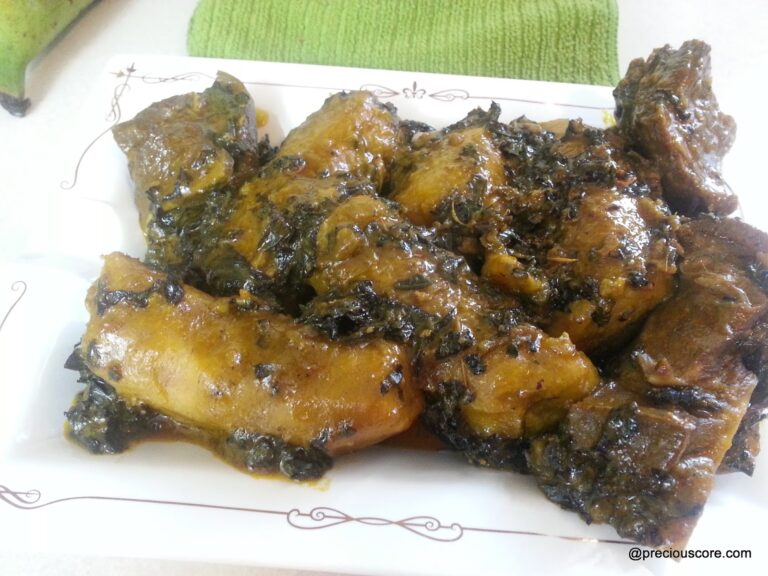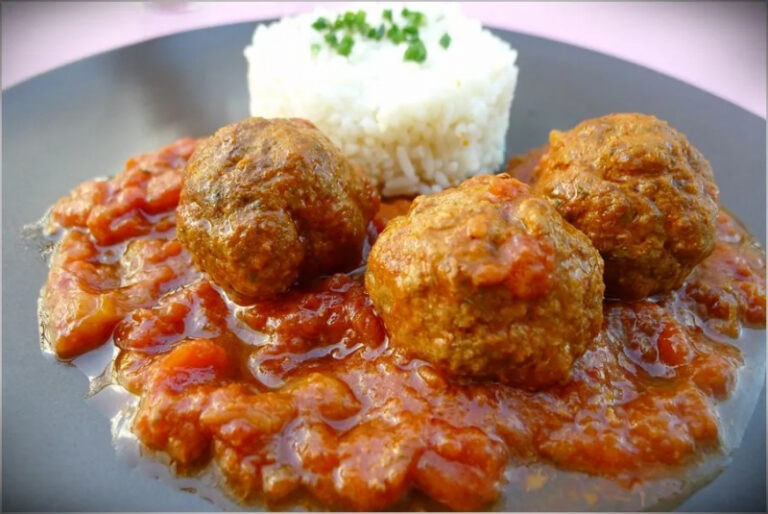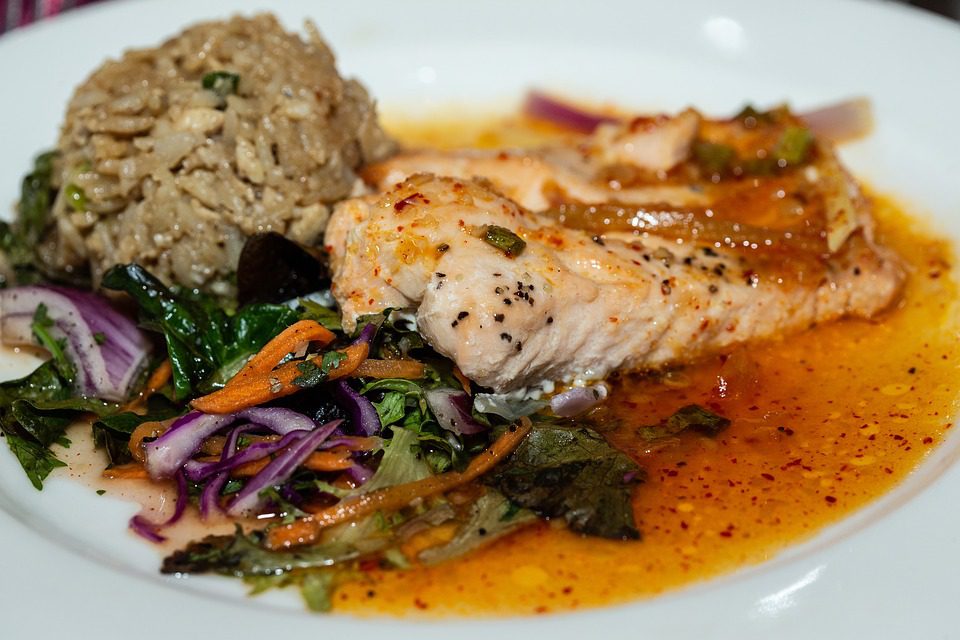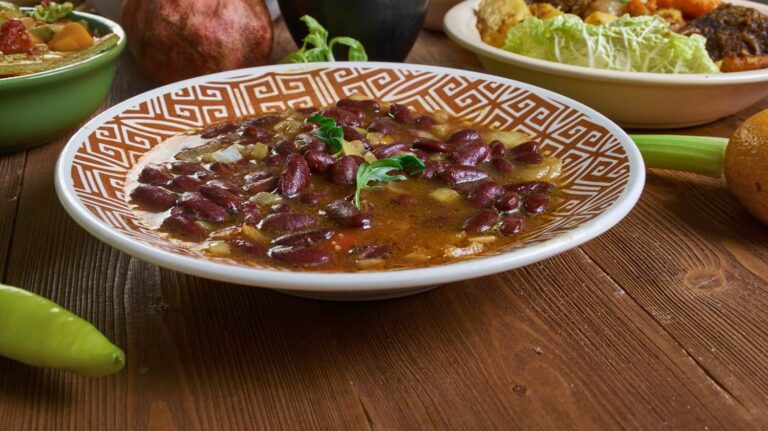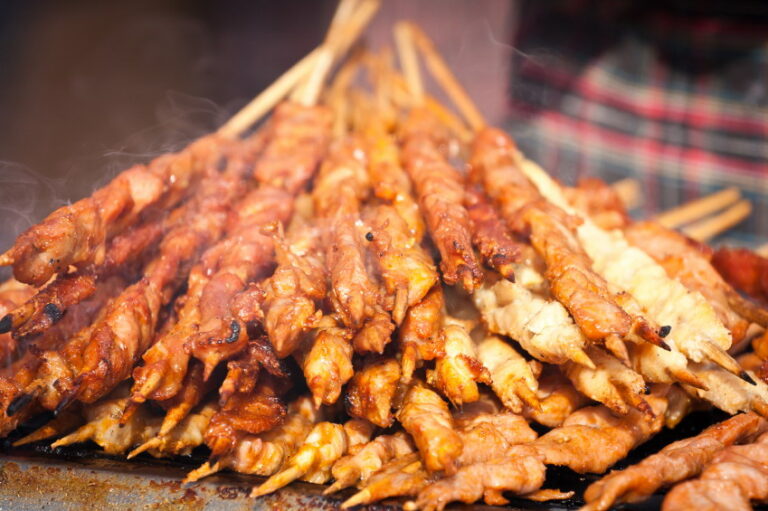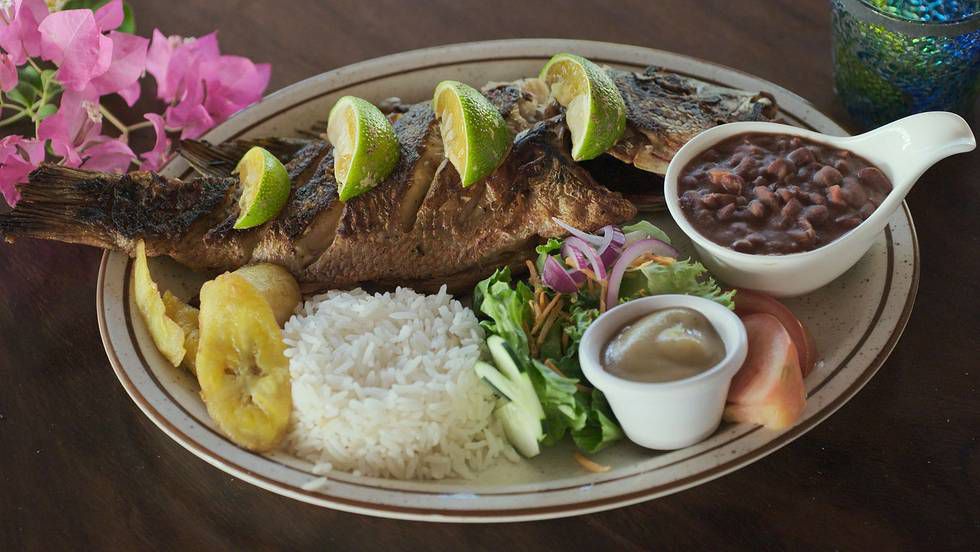Introduction
Cameroon is a country in Central Africa known for its rich culture and diverse cuisine. The cuisine of Cameroon is heavily influenced by the country’s history and geography, as well as its ethnic and linguistic diversity. While meat and fish play a significant role in traditional Cameroonian cuisine, there are also vegetarian and vegan options available for those who prefer plant-based diets. In this article, we will explore the vegetarian and vegan options in Cameroonian cuisine.
Overview of Cameroonian cuisine
Cameroonian cuisine is characterized by a blend of African, European, and Asian flavors and cooking techniques. The cuisine of Cameroon varies by region and ethnic group, with each group having its own unique dishes and ingredients. Some of the common ingredients in Cameroonian cuisine include plantains, cassava, yams, corn, beans, peanuts, and various spices and herbs. Meat and fish are also staples in Cameroonian cuisine, with dishes like grilled fish, roasted chicken, and beef stew being popular across the country.
Traditional dishes and common ingredients
Traditional Cameroonian dishes are often hearty and filling, with meat and fish being the main components. Some of the popular dishes include Ndolé, which is a stew made with bitter leaves, peanuts, and meat or fish, and Eru, which is a soup made with wild spinach, meat or fish, and palm oil. Other common dishes include Achu, which is a dish made with mashed yams and a spicy sauce, and Koki, which is a dish made with ground beans and spices.
Vegetarian options in Cameroonian cuisine
Vegetarian options in Cameroonian cuisine include dishes made with beans, lentils, and vegetables. Some of the popular vegetarian dishes include Ndolé made with mushrooms or tofu instead of meat, and Eru made with mushrooms or tofu instead of meat or fish. Other vegetarian dishes include Koki made with ground nuts instead of meat, and a dish made with boiled plantains and black-eyed peas.
Vegan options in Cameroonian cuisine
Vegan options in Cameroonian cuisine are similar to vegetarian options, but without the use of any animal products. Many traditional Cameroonian dishes can be made vegan by using plant-based ingredients. For example, Ndolé and Eru can be made vegan by using mushrooms or tofu instead of meat or fish, and Koki can be made vegan by using ground nuts instead of meat.
Popular meat-free dishes in Cameroon
Some of the popular meat-free dishes in Cameroon include Moin Moin, which is a bean cake made with black-eyed peas, onions, and peppers, and Akara, which is a deep-fried bean cake. Other popular dishes include Jollof rice, which is a rice dish made with vegetables and spices, and a dish made with boiled plantains and beans.
Where to find vegetarian and vegan options in Cameroon
Vegetarian and vegan options can be found in restaurants and markets across Cameroon, especially in urban areas. Some restaurants specialize in vegetarian and vegan cuisine, while others offer meat-free options on their menus. Markets and street vendors also offer a variety of vegetarian and vegan dishes, such as roasted plantains and grilled corn.
Conclusion: Cameroonian cuisine for vegetarians and vegans
While meat and fish are staples in Cameroonian cuisine, there are also plenty of vegetarian and vegan options available. Traditional dishes can be made meat-free by using plant-based ingredients, and there are also many dishes that are naturally meat-free. Vegetarians and vegans visiting Cameroon can enjoy a variety of flavorful and satisfying dishes, from hearty stews to spicy bean cakes.

